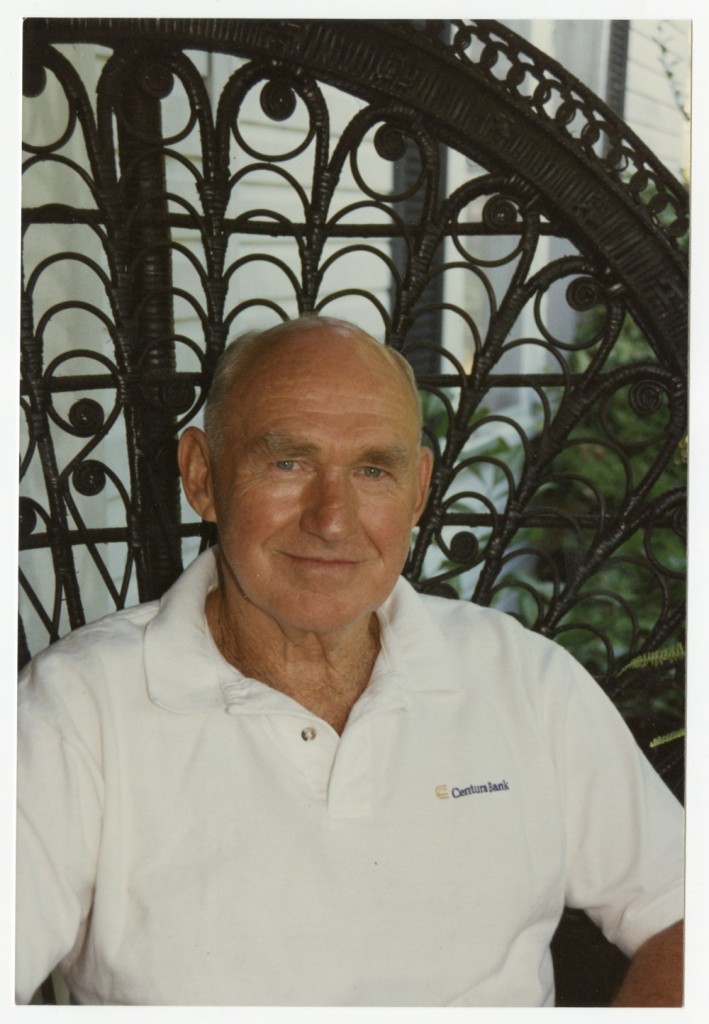W.J. Astore
One day, a village of roughly 1200 people in South Vietnam ceased to exist. The U.S. Air Force destroyed it, and the report read “Target 100% destroyed, body-count 1200 KBA (killed by air) confirmed.”
It wasn’t an “enemy” village. It was a village that had failed to pay its taxes to a South Vietnamese provincial commander, a lieutenant colonel and ostensibly a U.S. ally. He wanted the village destroyed to set an example to other recalcitrant villages, and the U.S. Air Force did what it does: It put bombs and napalm on target.
At Seventh Air Force headquarters, the brass knew this village’s “crime.” As a brigadier general said to then-Lieutenant Colonel James Robert “Cotton” Hildreth, “Damn, Cotton, don’t you know what’s going on? That village didn’t pay their taxes. That [South Vietnamese] lieutenant colonel … is teaching them a lesson.”
It’s a “lesson” that made Cotton Hildreth, who later became a major general, “really sick” and “very bitter” about his role as a combat pilot in the Vietnam War. Later, in an oral interview, he admitted “I don’t talk about this [the war] very much.” One can understand why.
At the time, Hildreth brought his concerns to General William Momyer, the Seventh Air Force Commander, but Momyer offered only platitudes, saying that Hildreth was “doing some good, somewhere,” by dropping bombs and napalm and other ordnance on Vietnam and the Vietnamese people.
We know this story only because Cotton Hildreth was willing to share it after being retired from the Air Force for fifteen years. A few days before this village was obliterated, Hildreth and his wingman, flying A-1 Skyraiders, had been ordered to destroy the village with napalm. They refused to do so after making low and slow passes over the village, only to be greeted by children waving their arms in friendship. In “The Wingman and the Village,” Hugh Turley’s article about this in the Hyattsville Life & Times (July 2010), Hildreth admitted his wingman had dropped napalm away from the village first, and Hildreth then did the same. The wingman in question, old for a pilot at age 48 and a grandfather, had seen a woman running with two children from her hut. He’d made a snap decision to disobey orders.
As the wingman told Hildreth when they returned to base: “Sir, I have three small grandchildren at home, and I could never face them again if I had followed those orders.” The unnamed wingman was later reassigned to a non-combat role.
When Hildreth was asked later if he’d have destroyed the village if he’d been flying an F-105 “Thud,” which flew higher and much faster than the A-1 Skyraider, he admitted he likely would have, because “you don’t see the people.”
What can we learn from this story? This atrocity? That it’s very easy to kill when you never see the people being killed. That it’s easy to follow orders and much harder to disobey them. That the Air Force brass at headquarters knew they were complicit in mass murder but that it meant more to them to keep one South Vietnamese provincial commander happy than it meant to keep 1200 innocent people alive.
One day in a long and atrocious war, Cotton Hildreth and his wingman decided they’d put humanity first; that they wouldn’t destroy a defenseless village despite orders to do so. It didn’t matter. That village and those people were destroyed anyway a few days later. It was just another day in a war allegedly fought to contain communism but which instead led to uncontained barbarity by a so-called democratic alliance.
“We had to destroy the village to save it” is a catchphrase from that war that is of course a contradiction in terms. Destruction is destruction. Death is death. No one was saved. Small wonder that Hildreth was so sick, so bitter, and spoke so rarely of his experiences in Vietnam.
A Note on Sources:
Oral interview with retired U.S. Air Force Major General James Robert “Cotton” Hildreth on 9/19/96. Hildreth recounts his experience beginning at the 21-minute mark of the interview.
I first learned of Hildreth’s interview from David Martin, who wrote about it here in 2015, calling it the largest single known atrocity of the Vietnam War. Such atrocities were commonplace, given the wanton use of destructive power by the U.S. military in Vietnam. This is a theme developed by Nick Turse in his book, “Kill Anything that Moves: The Real American War in Vietnam.” (2013)
Hugh Turley, “The Wingman and the Village,” in “Hugh’s News,” Hyattsville Life & Times, July 2010.
Hildreth’s story is consistent with what Bernard Fall saw in Vietnam, which I wrote about here.


